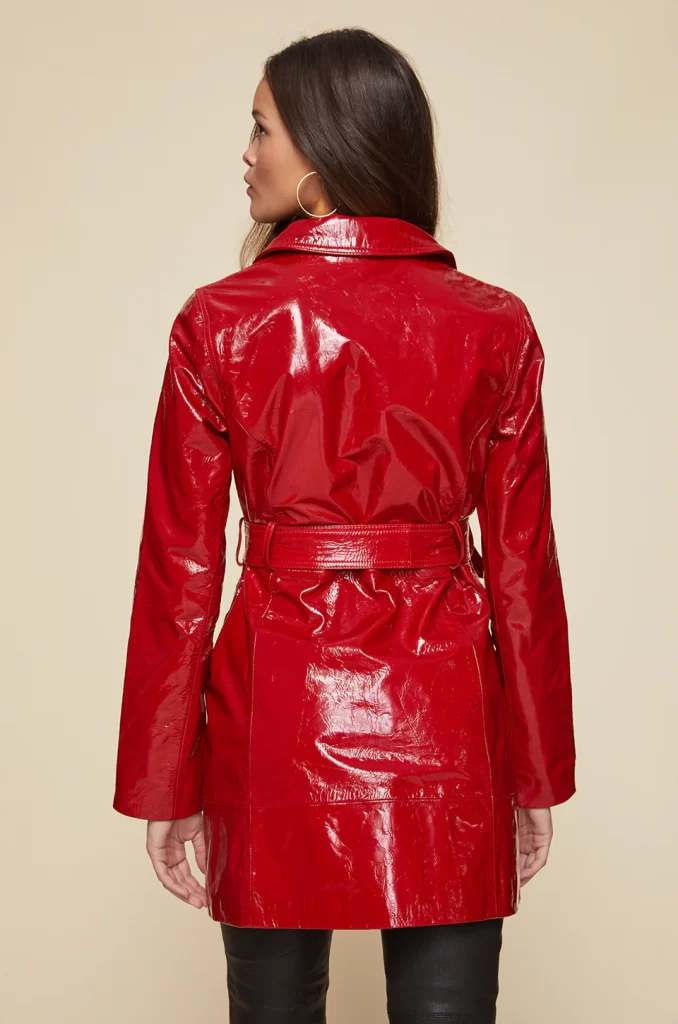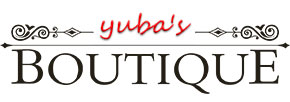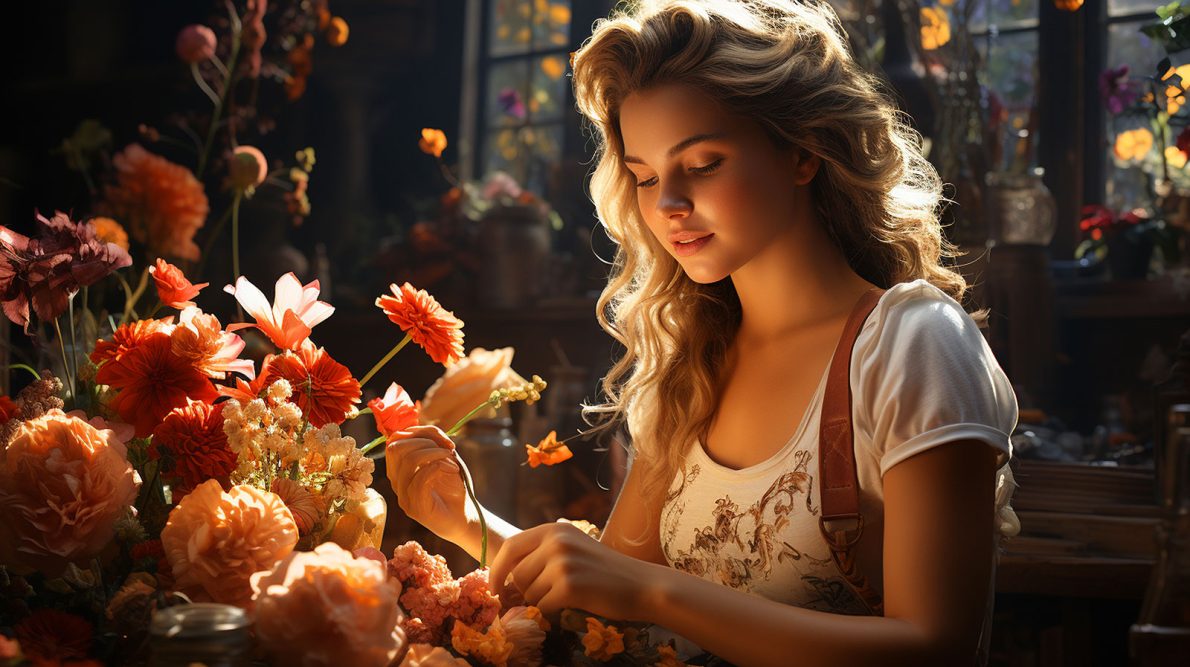The wet look fashion trend of the 60s was greatly influenced by the emergence of the Pop Art movement with artists like Andy Warhol and Roy Lichtenstein playing a significant role in shaping the aesthetic of the era, which translated into fashion trends.

The wetlook clothing made its popularity in the fashion trends of the 60’s which was achieved by using shiny, vinyl, or PVC materials that mimicked the appearance of wet surfaces. These materials were often used to create clothing items such as dresses, skirts, and raincoats. Mary Quant, a British designer, created the first-ever line with the material in 1963, naming it ‘wet collection.’ She was the pioneer of PVC used in clothing. André Courrèges was known for his avant-garde designs and futuristic approach to fashion. He incorporated vinyl and PVC materials into his collections, creating a sleek, shiny, and modern aesthetic.
The style made use of garments made from materials that have a shiny, wet appearance that resembles the look of being covered in water or liquid. These garments are typically made from fabrics such as PVC (polyvinyl chloride), spandex, latex, or leatherette that have been treated or coated to give them a glossy or reflective finish. It featured slim-fitting silhouettes that accentuated body curves. Dresses and skirts were often tailored to be form-fitting which further emphasizes the sleek and shiny appearance of the fabric.
The 60’s fashion also embraced bold and vibrant colors which was often associated with the Pop Art movement because of its influence on the fashion style. The same way the revolutionary Pop art movement has challenged norms, the wetlook clothing also initiated the shift from the use of natural and traditional fibers like cotton and wool. The era revolutionized the use of synthetic materials like vinyl and PVC providing a futuristic and unconventional aesthetic.
The wet look trend made its way into popular culture beyond the fashion industry. It was often depicted in films, television shows, and magazines, further spreading its influence and making it an iconic representation of the 60s era. The versatility of the style allowed individuals to incorporate the wet look into different aspects of their wardrobe. The fashion trend represented its time where it embraced social changes, unconventional ideas and challenged social norms and styles to create one that symbolized the yearning for progress, evolution and innovation all while creating an individuality that’s unique to everyone.

